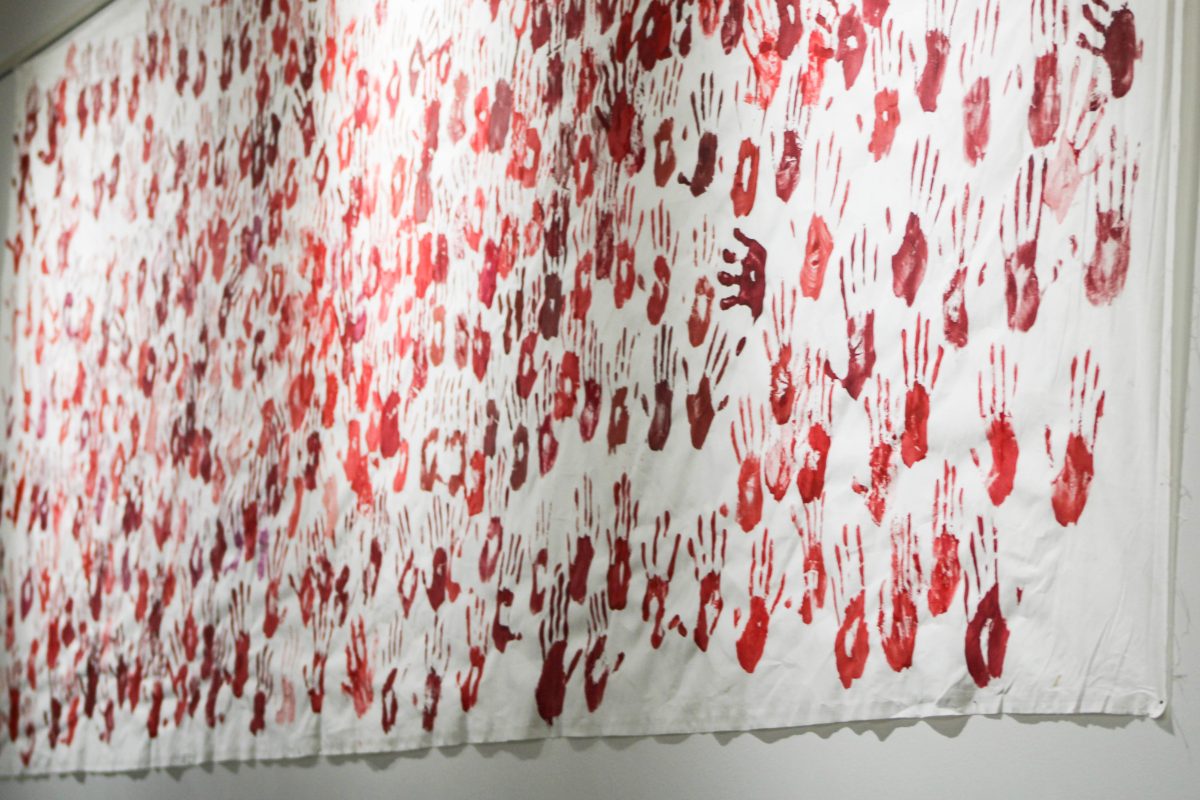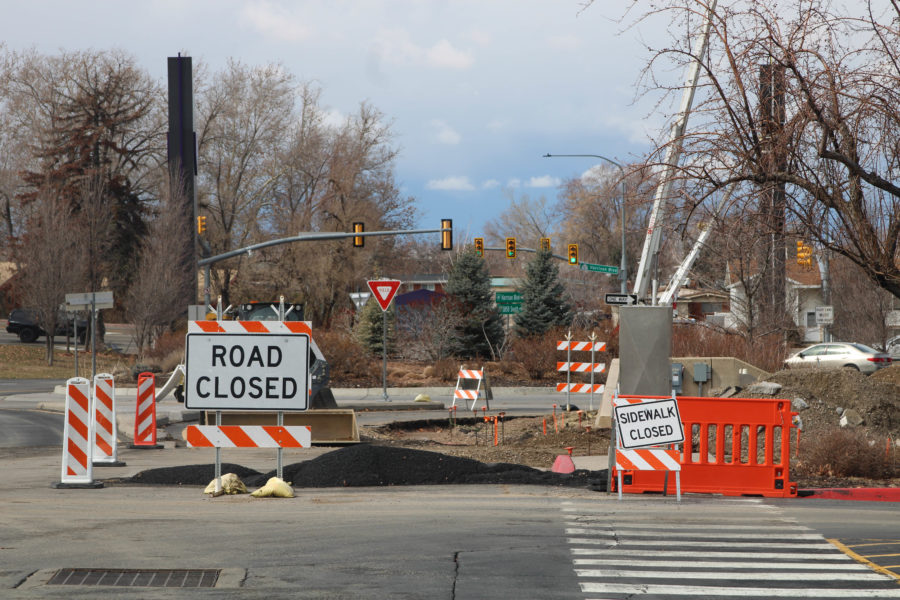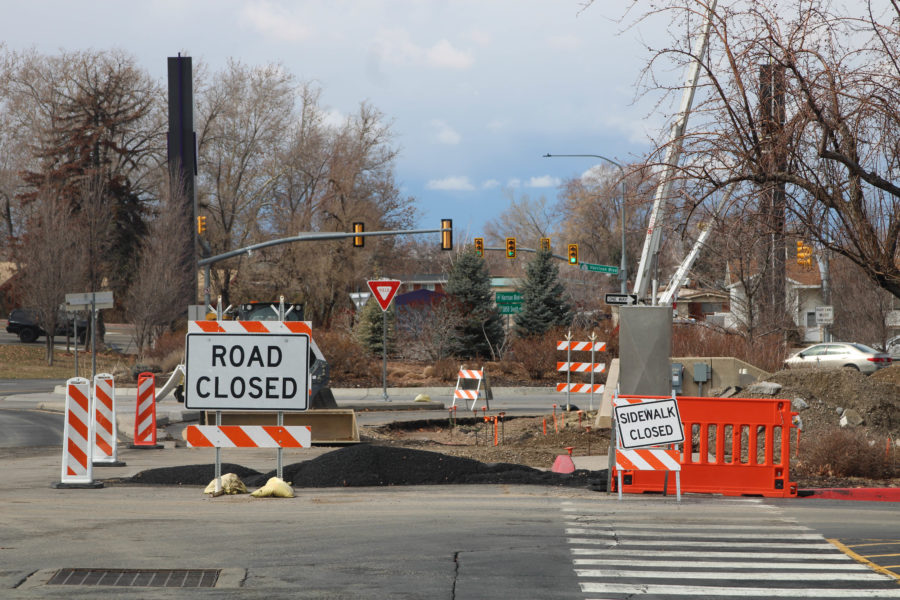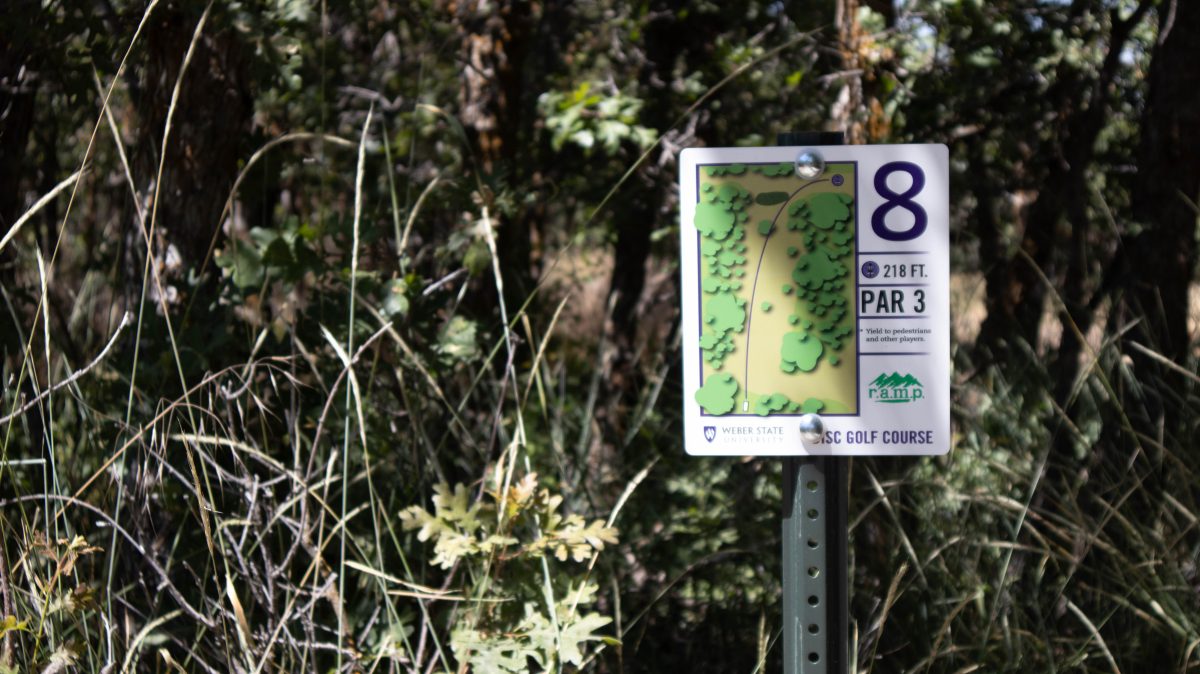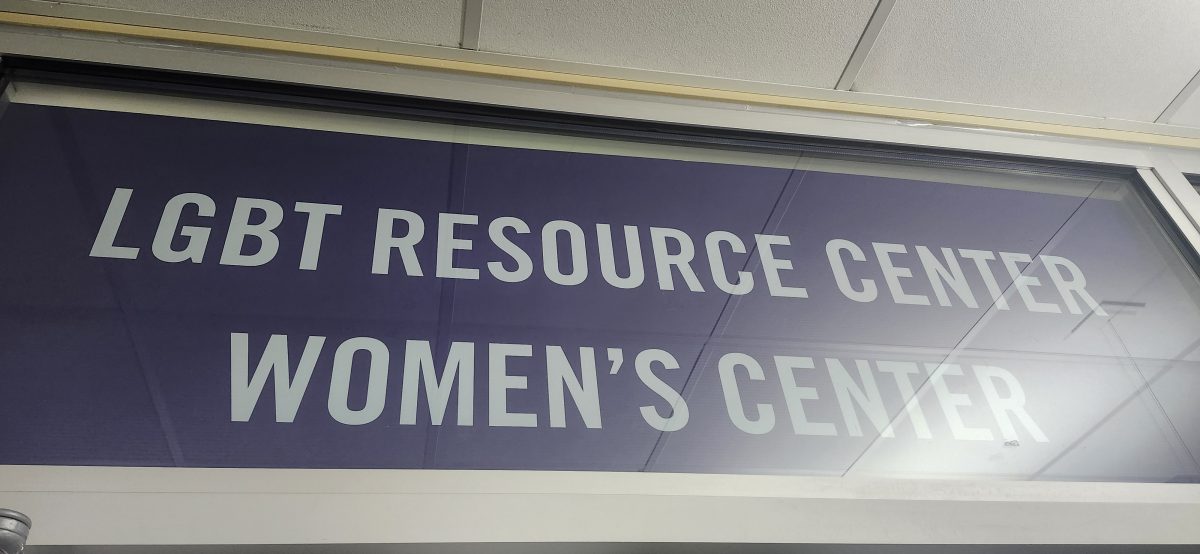Weber State University held a blood drive in conjunction with the American Red Cross from Feb. 7-9, during what the Red Cross is calling “the worst blood shortage in over a decade.”

During the pandemic, the Red Cross has seen a 10% decrease in the number of people donating blood, which has been caused barriers, including event cancellations and staffing limitations, which lessen blood availability.
The Red Cross supplies 40% of the nation’s blood, which without the supply, a significant portion of the population who will need blood or blood products will not have access to this much needed medical care.
“One in three people will need a blood product at some point in their life,” Shana Loomis, account manager at the northern Utah chapter of Red Cross Blood Services, said.

Blood donation comes with another significant challenge — storing it. Blood cannot be stored indefinietely, and once it reaches its expiration date without being used, it must be disposed of.
The quantity of blood is not the only factor that is taken into account when considering the blood supply and availability for those in need. There are eight main blood types: A, AB, B and O with both positive and negative distinctions. Unfortunately, not all blood types are compatible and cannot be transfused into patients in need.
While all blood types are needed, O-negative is the most commonly used in a crisis. Because O-negative can be used for any patient, it is the easiest to use if there isn’t time to look up a recipient’s blood type or if an individual’s blood type is not available. Because it is the most commonly used, there is also the biggest shortage of it.
”For emergency transfusions, blood group type O-negative blood is the variety of blood that has the lowest risk of causing serious reactions for most people who receive it,” the Mayo Clinic says. “Because of this, it’s sometimes called the universal blood donor type.”
For anyone who would like to donate but is unable to participate in WSU’s drive, visit the Red Cross Blood Services website at www.redcrossblood.org and look under the tab labeled “Donation” to schedule an appointment or find information on upcoming blood drives in your area.





